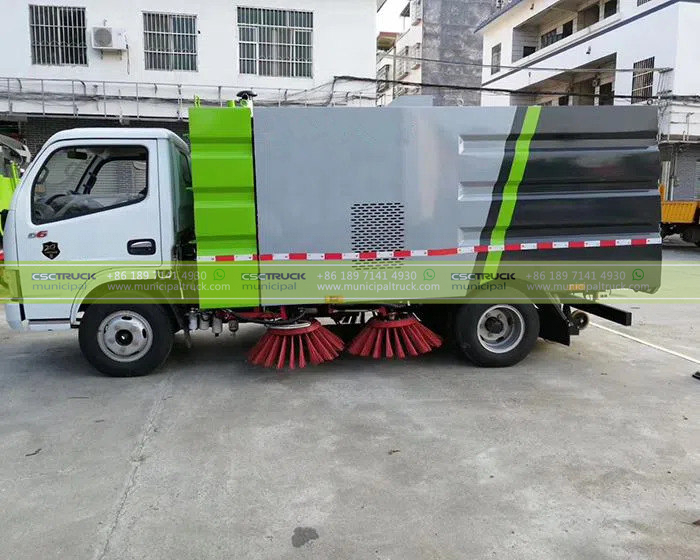When it comes to heavy-duty vehicles designed for hauling and transporting materials, 2 types commonly come to mind: dump trucks and garbage trucks. While they may share some similarities in terms of size and functionality, these 2 vehicles serve very different purposes. In this article, we will explore the key differences between a dump truck and a garbage truck.
Dump trucks, as the name suggests, are primarily used for transporting loose materials such as gravel, sand, soil, or construction debris. They are commonly seen on construction sites, road projects, and mining operations. Dump trucks are built with a hydraulic bed that can be raised at an angle to unload the materials they carry. This ability to tilt the bed allows for efficient and controlled dumping of the load, hence the name “dump truck.”
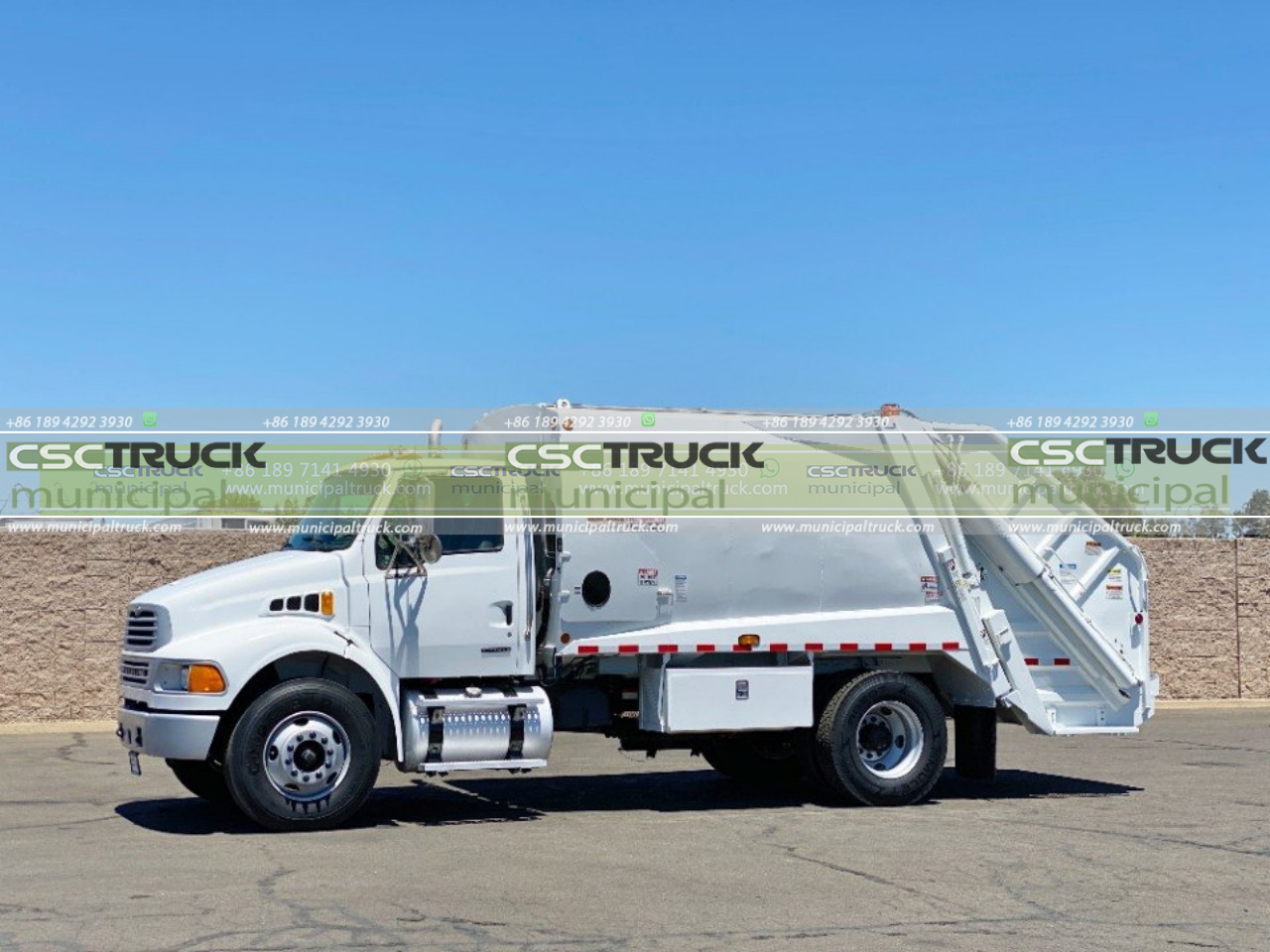
There are several types of dump trucks, including standard dump trucks, articulated dump trucks, and off-road dump trucks. Standard dump trucks are the most common type, with a truck chassis and a dump bed mounted on the rear. Articulated dump trucks, on the other hand, have a hinge in the middle, allowing for better maneuverability on uneven terrain. Off-road dump trucks are larger and designed for heavy-duty tasks in mining and large-scale construction projects.
In contrast, garbage trucks, also known as refuse trucks or waste collection vehicles, are specifically designed for collecting and transporting waste materials from residential, commercial, and industrial areas. Their primary purpose is to collect household garbage, recycling materials, or organic waste and transport them to a designated disposal facility such as a landfill or recycling center.
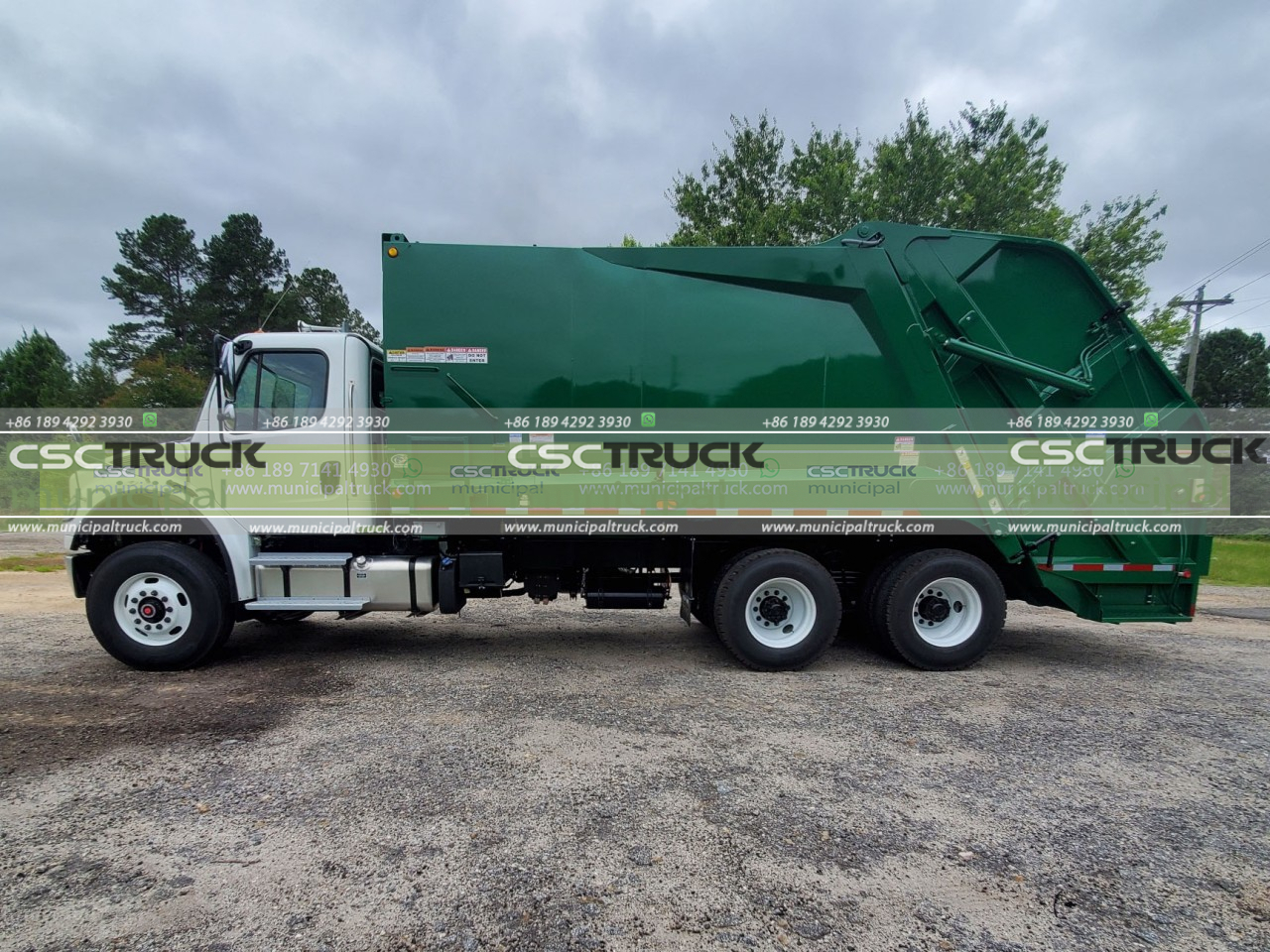
Garbage trucks come in various configurations to accommodate different types of waste collection systems. One common type is the rear loader, which features a hydraulic compactor at the rear of the truck. This compactor compresses the waste, allowing the truck to carry a larger volume of garbage before needing to be emptied. Rear loaders are commonly used in residential areas where individual bins or dumpsters are collected.
Another type is the front loader, which has mechanical arms at the front to lift and empty large bins into the truck. Front loaders are often used for commercial waste collection, where larger dumpsters are utilized. Side loaders, as the name suggests, have a loading mechanism on the side of the truck and are commonly seen in narrow urban streets.
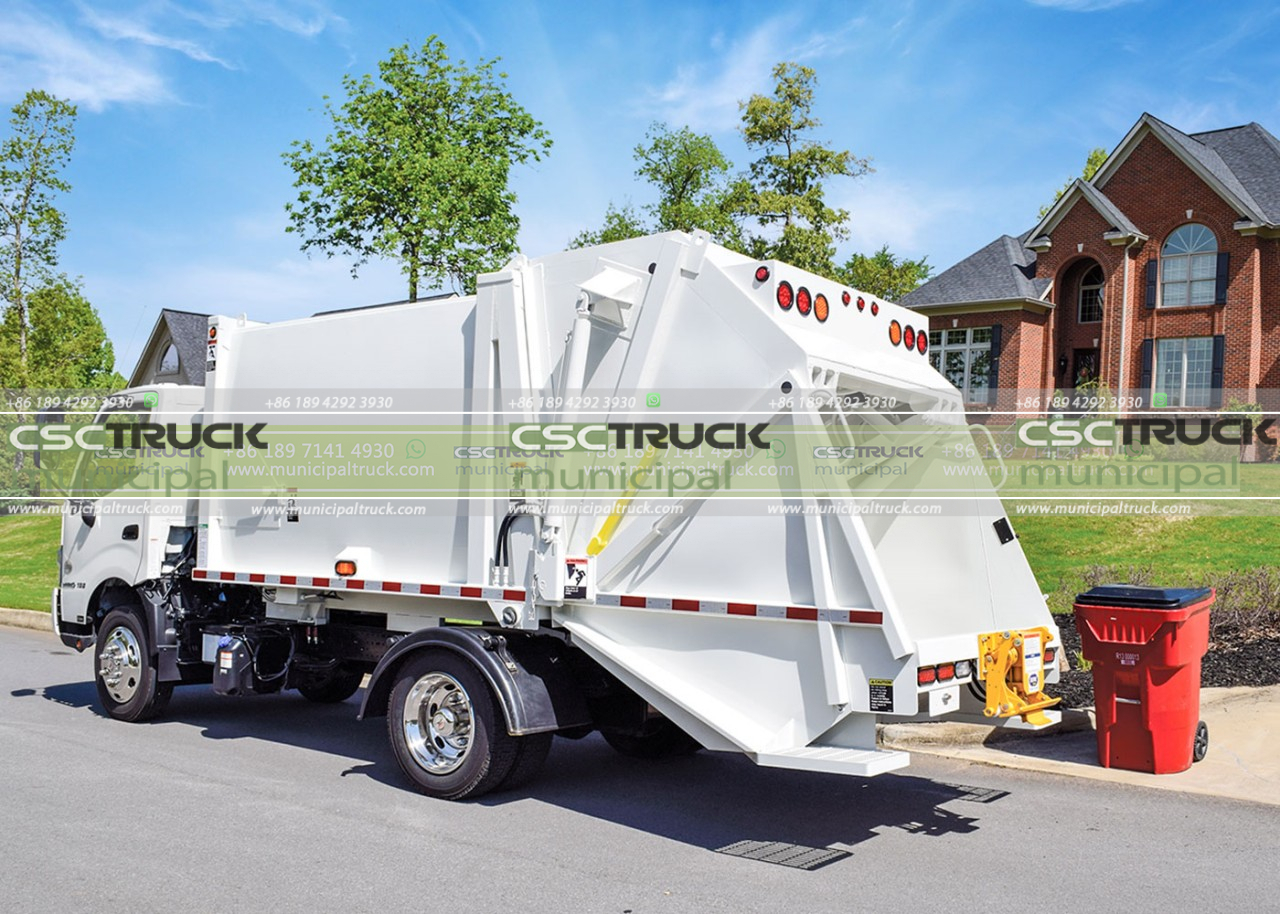
One of the key differences between dump trucks and garbage trucks lies in their intended use and the materials they transport. Dump trucks primarily carry loose materials like soil, sand, or gravel, while garbage trucks transport solid waste, recyclables, and organic materials. Dump trucks are often used in construction and mining industries, whereas garbage trucks are an essential part of waste management systems in urban and suburban areas.
Another difference is the way the trucks are loaded and unloaded. Dump trucks use their hydraulic beds to tilt and dump the load, allowing for quick and efficient unloading. In contrast, garbage trucks employ various mechanisms such as compactors, mechanical arms, or side-loading mechanisms to lift, compress, and empty waste containers into the truck.
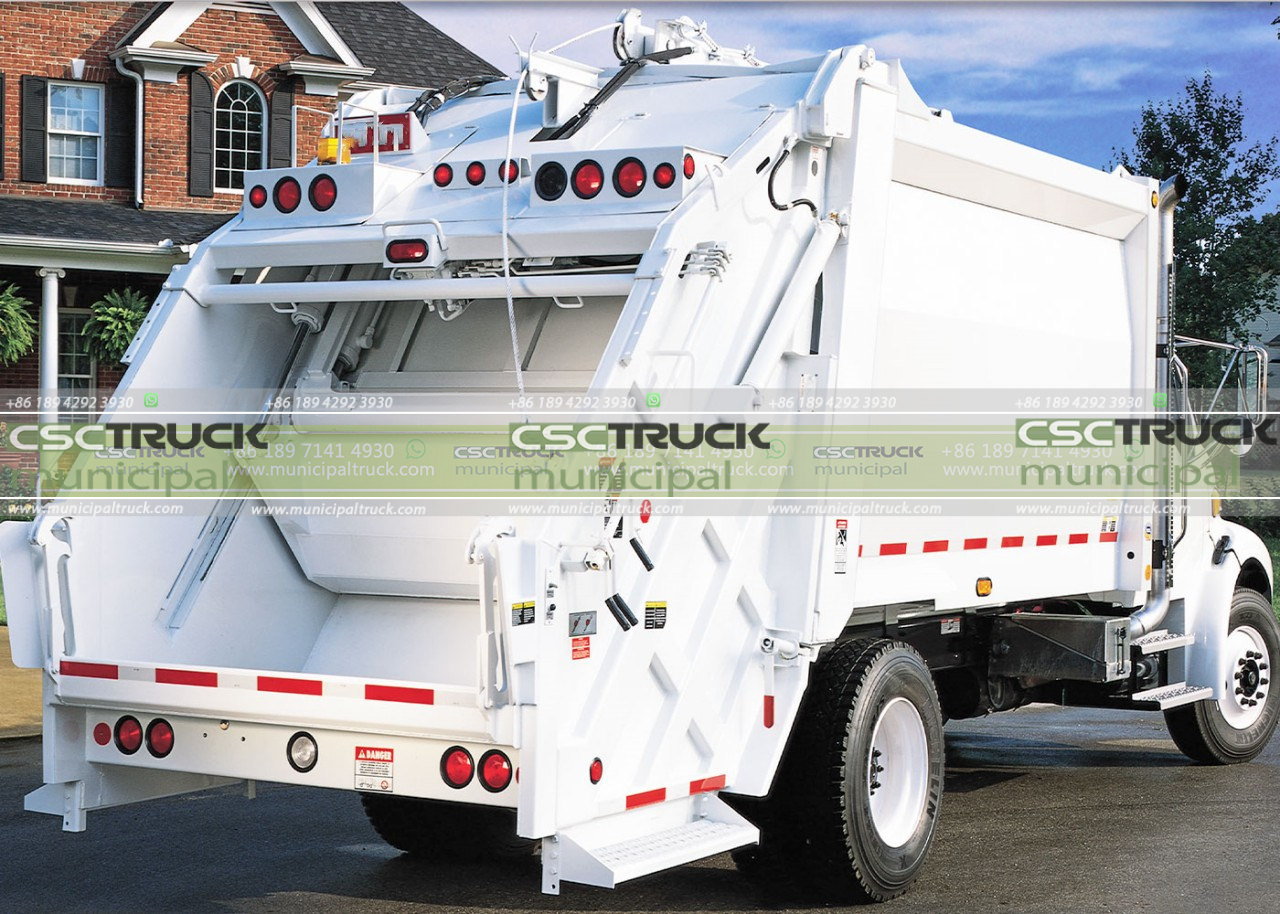
Additionally, dump trucks and garbage trucks differ in their overall design and construction. Dump trucks are typically built with a heavy-duty chassis and a reinforced dump bed to withstand the weight and impact of the materials they carry. They may have specialized features like all-wheel drive or off-road capabilities to navigate rough terrain. Garbage trucks, on the other hand, are equipped with compactors or lifting mechanisms and are often designed to optimize waste collection efficiency.
In conclusion, while dump trucks and garbage trucks may share some similarities in terms of size and heavy-duty capabilities, their intended use, the materials they transport, and their loading/unloading mechanisms differentiate them significantly. Dump trucks are primarily used for hauling loose materials in construction and mining industries, while garbage trucks play a crucial role in waste management systems in urban and suburban areas. Dump trucks rely on hydraulic beds to tilt and unload their contents, while garbage trucks utilize compactors, mechanical arms, or side-loading mechanisms to collect and dispose of waste.
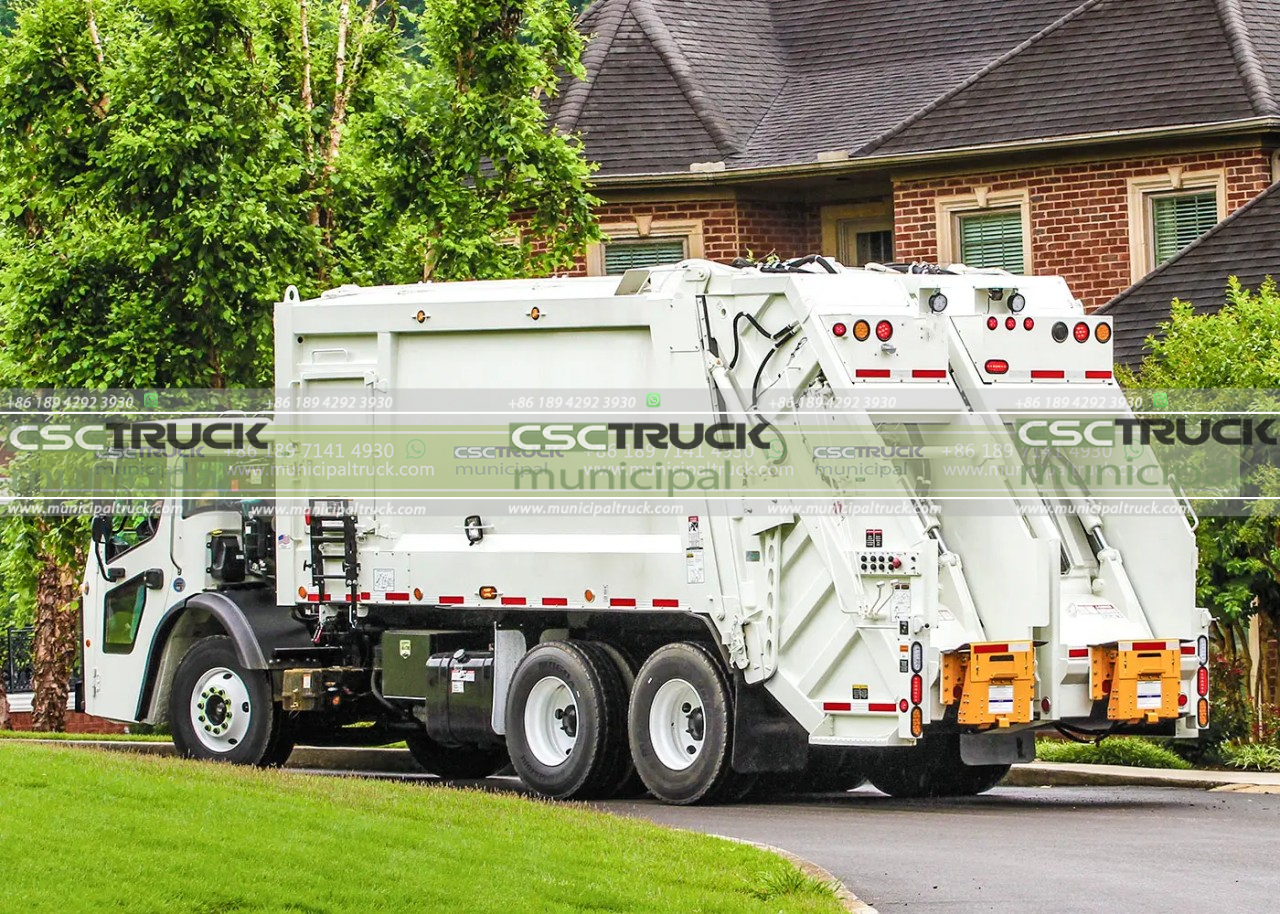
Both dump trucks and garbage trucks serve essential functions in their respective industries. Dump trucks facilitate the transportation of materials needed for construction, road maintenance, and mining operations. Their ability to efficiently unload loose materials makes them a valuable asset in these fields. Dump trucks contribute to the smooth execution of projects by ensuring the timely delivery of necessary materials, thereby increasing productivity and reducing downtime.
On the other hand, garbage trucks play a vital role in maintaining cleanliness and hygiene in urban and suburban areas. They ensure the proper collection and disposal of waste, contributing to a healthier environment. Garbage trucks are an integral part of waste management systems, which aim to minimize the negative impact of waste on public health and the ecosystem. They ensure that waste is properly sorted, recycled when possible, and disposed of in designated facilities.
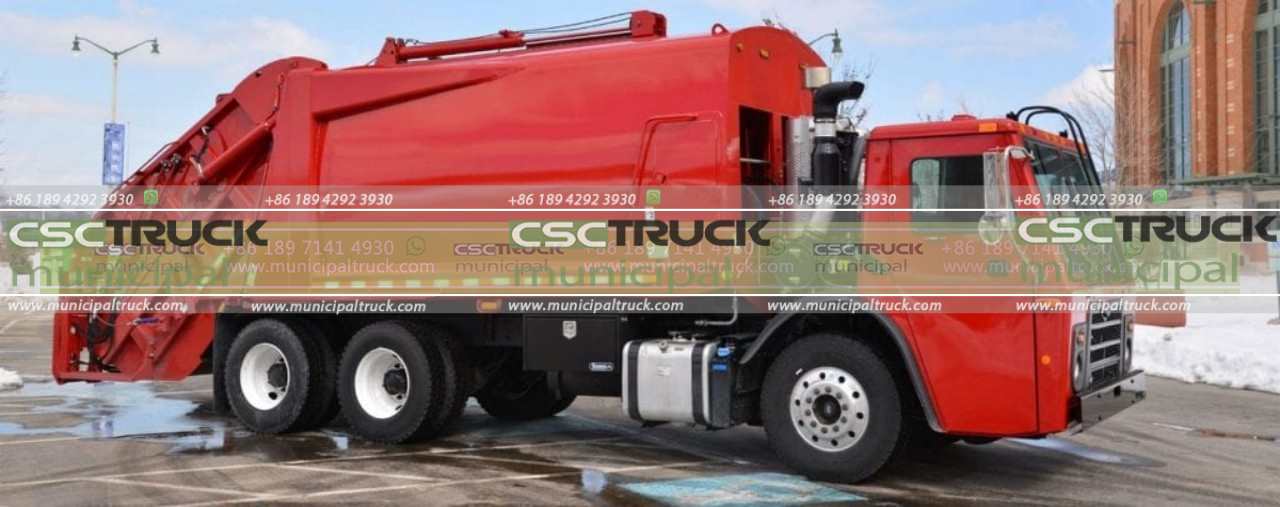
In terms of size and capacity, dump trucks and garbage trucks can vary significantly. Dump trucks come in different sizes, ranging from smaller models with a capacity of a few tons to large off-road trucks capable of carrying several hundred tons of material. The size of a dump truck is often determined by the specific requirements of the industry it serves. Garbage trucks also come in various sizes, with smaller trucks used for residential waste collection and larger trucks utilized for commercial or industrial waste disposal.
Both dump trucks and garbage trucks require skilled operators to ensure safe and efficient operation. Dump truck drivers need to be knowledgeable about the specific requirements of the materials they transport and skilled in maneuvering the vehicle on various terrains. They must adhere to safety protocols and regulations to prevent accidents and ensure the protection of themselves and others.
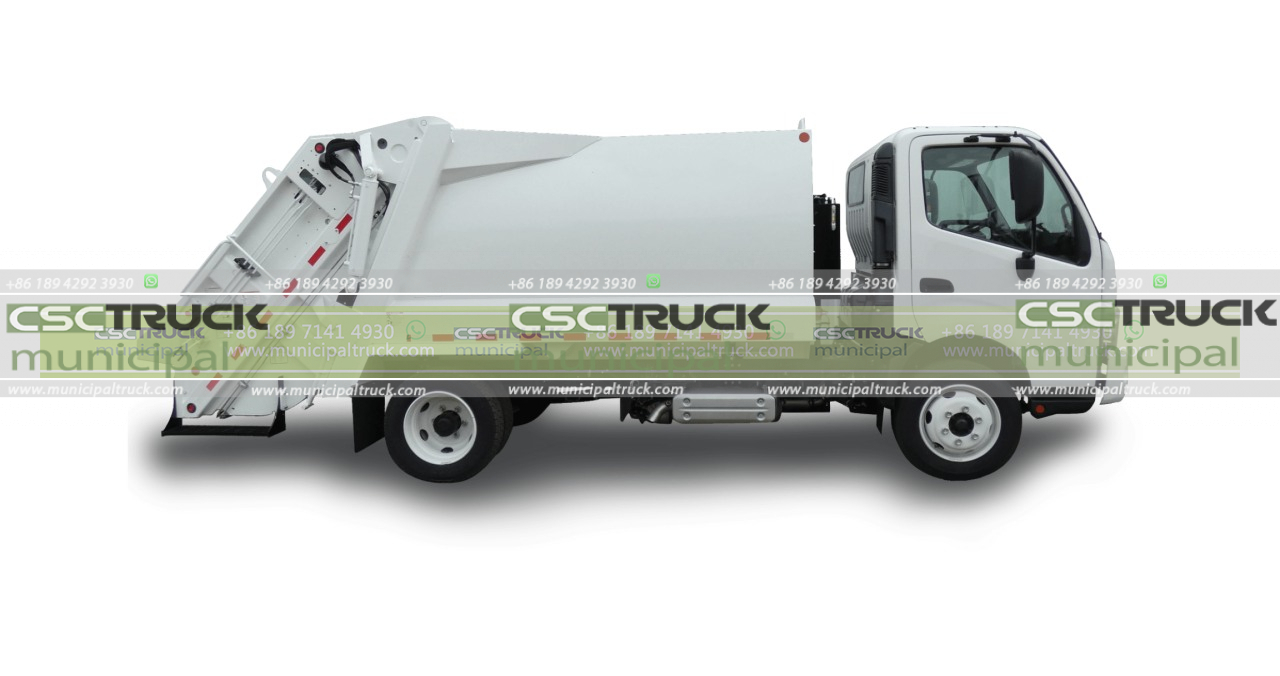
Garbage truck operators, on the other hand, must possess excellent driving skills and be adept at operating the specific loading and compacting mechanisms of their trucks. They often follow specific routes and schedules to collect waste from designated areas, and they must be familiar with local regulations and guidelines regarding waste disposal.
In conclusion, while dump trucks and garbage trucks may share some commonalities as heavy-duty vehicles, their differences are significant. Dump trucks are designed to transport loose materials for construction and mining purposes, relying on hydraulic beds to unload their contents efficiently. Garbage trucks, on the other hand, are specifically tailored for waste collection and disposal, employing various mechanisms to collect and compact waste materials. Both types of trucks play critical roles in their respective industries, contributing to the smooth execution of projects and the maintenance of cleanliness and hygiene in urban areas.
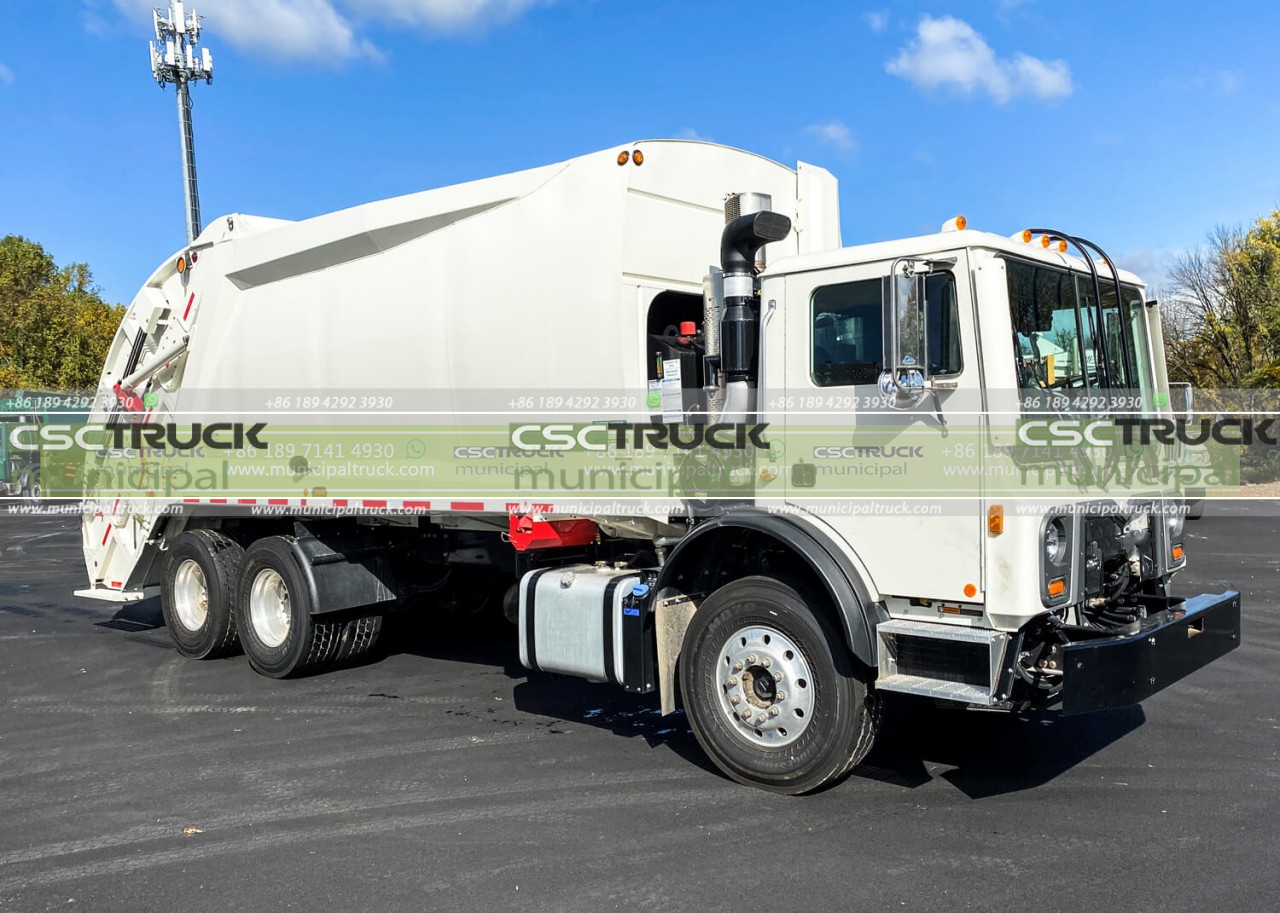
Contact us for this municipal truck or similar trucks: [email protected] Call us or What's APP us: +86 189 4292 3930



